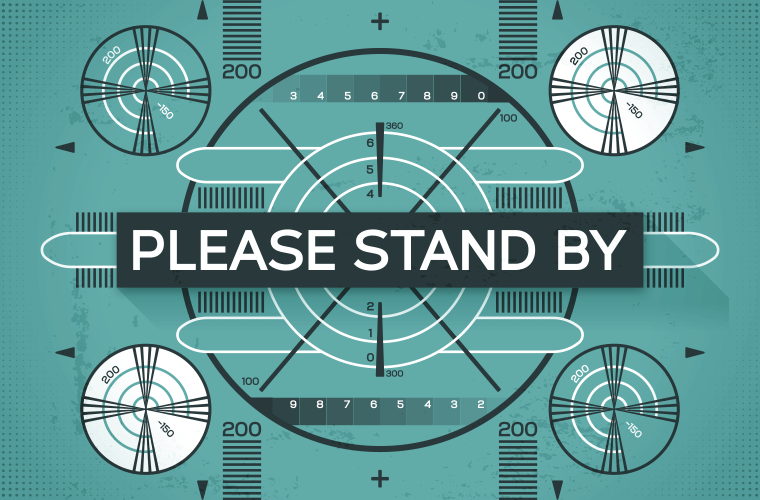A decade-old program that helped everyone in lighting navigate the “Wild West” of LEDs is ending, and the question for distributors and manufacturers alike is this: What will we lose?
In a recent letter to manufacturers and testing labs, the Department of Energy announced that it would no longer support its Lighting Facts label program. As of March 1, the agency will no longer accept submissions.
The agency notes that, “Due to continued federal budget and funding uncertainty, DOE will no longer be able to support the program.” It recommends stakeholders download any labels they need prior to March 30 when the website will go offline.
While it’s one of the first programs in the world of LEDs to be affected by agency budget cuts, a new administration means that it might not be the last. However, the impact is far less than it might have been in years past.
The Industry Has Grown Up
“Honestly, we get very good support direct from all of the manufacturers, so we can get the technical info quickly,” Chip Israel, CEO and Founder of Lighting Design Alliance, says. “I do like the Lighting Facts and assume that it is very helpful for the other designers in remote locations, or in smaller offices.”
Israel also noted the consistency of the information and the ability of users and designers to access it all in one place. Still, as far as distributors are concerned, internal documentation was often the first place they looked.
“When Lighting Facts first came out, a handful of commercial rebate programs required a Lighting Facts listing, but those programs have moved away from it in recent years,” according to Randy Young, Marketing and Operations Manager at BriteSwitch. “We didn’t really see much acceptance or use of Lighting Facts on the commercial side of the business.”
But, There’s Still a Need for Standardization
The benefits to health from light sources are being strengthened by new studies on a seemingly weekly basis. Israel notes that “as both energy codes, wellness codes and rebates are starting to address CRI, or other quality issues, I think there is a definite need [for a standardized set of measurements for LED products].”
Like Young, Israel argues that any such efforts will benefit consumers and designers first, rather than distributors who have already developed deep connections with many manufacturers and other points along the supply chain.
Paths for Rebates Might Become More Difficult
Rebate programs still help to subsidize a significant portion of new construction and retrofit projects, and Young notes that 75-85 percent of rebate programs rely on products being certified by EnergyStar or receiving recognition from the Design Lights Consortium (DLC).
“The biggest part of Lighting Facts going away that could affect commercial lighting is that to get DLC status, the product had to be submitted to Lighting Facts,” according to Young. “DLC has stated they are working on alternatives to the process, but that could mean a delay in getting new products listed until it’s figured out.”
So even if belt-tightening remains confined to the Lighting Facts program, it’s important enough that keeping an eye on the rebate programs alone may minimize headaches in the weeks and months ahead.
Tagged with lightED, Lighting Facts